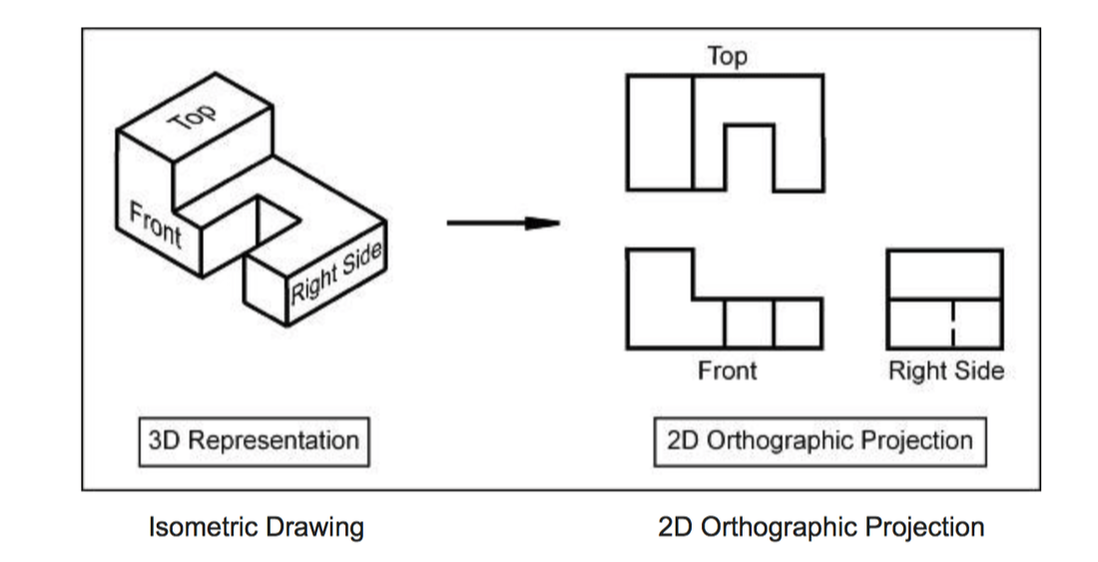Isometric Design with Petri Nets

In the realm of software design, visualizing complex systems is paramount. Drawing inspiration from isometric projection—a drafting technique that represents three-dimensional objects in two dimensions—we can adopt a similar approach using Petri nets. This method offers a comprehensive perspective on system workflows and resources.
Isometric Projection: A Brief Overview
Isometric projection allows for the depiction of 3D objects on a 2D plane without distortion, maintaining equal scale along three axes. This technique provides a clear and detailed view of intricate structures, facilitating better understanding and analysis.
Petri Nets: Modeling System Dynamics
Petri nets are mathematical representations used to model distributed systems. They consist of places (depicting states), transitions (representing events), and arcs (indicating the flow between places and transitions). This framework effectively captures the dynamic behavior of systems, including concurrency and resource sharing.
Integrating Isometric Principles with Petri Nets
By applying the concept of isometric projection to Petri nets, we can create layered models that offer multiple perspectives of a system:
- Primary Net: Illustrating the Overall Workflow
The primary Petri net serves as a high-level map of the system's main processes. It outlines the general flow, highlighting key transitions and states. This top-level view provides a clear understanding of the system's core functionality.
- Sub-Nets: Detailing Resources and Sub-Workflows
Sub-nets delve into specific components, such as resources or subsidiary workflows. Each sub-net focuses on a particular aspect, offering detailed insights into its operations and interactions. This modular approach simplifies complex systems by breaking them down into manageable sections.
- Composite View: Achieving a Comprehensive Projection
Combining the primary net with its associated sub-nets results in a holistic representation of the system. This integrated model mirrors the clarity of an isometric projection, allowing for simultaneous examination of the system's overall structure and its detailed components.
Advantages of This Approach
- Enhanced Clarity: Layered modeling clarifies complex systems, making them easier to understand and analyze.
- Modularity: Sub-nets enable focused examination of individual components, facilitating targeted development and troubleshooting.
- Scalability: This method accommodates system growth, allowing for the addition of new sub-nets as the system evolves.
Conclusion
Embracing the principles of isometric projection through the use of Petri nets offers a structured and comprehensive approach to software design. This technique not only enhances visualization but also improves the management and scalability of complex systems.
To see how this this actually done start with: 3 Petri-Net Data Types